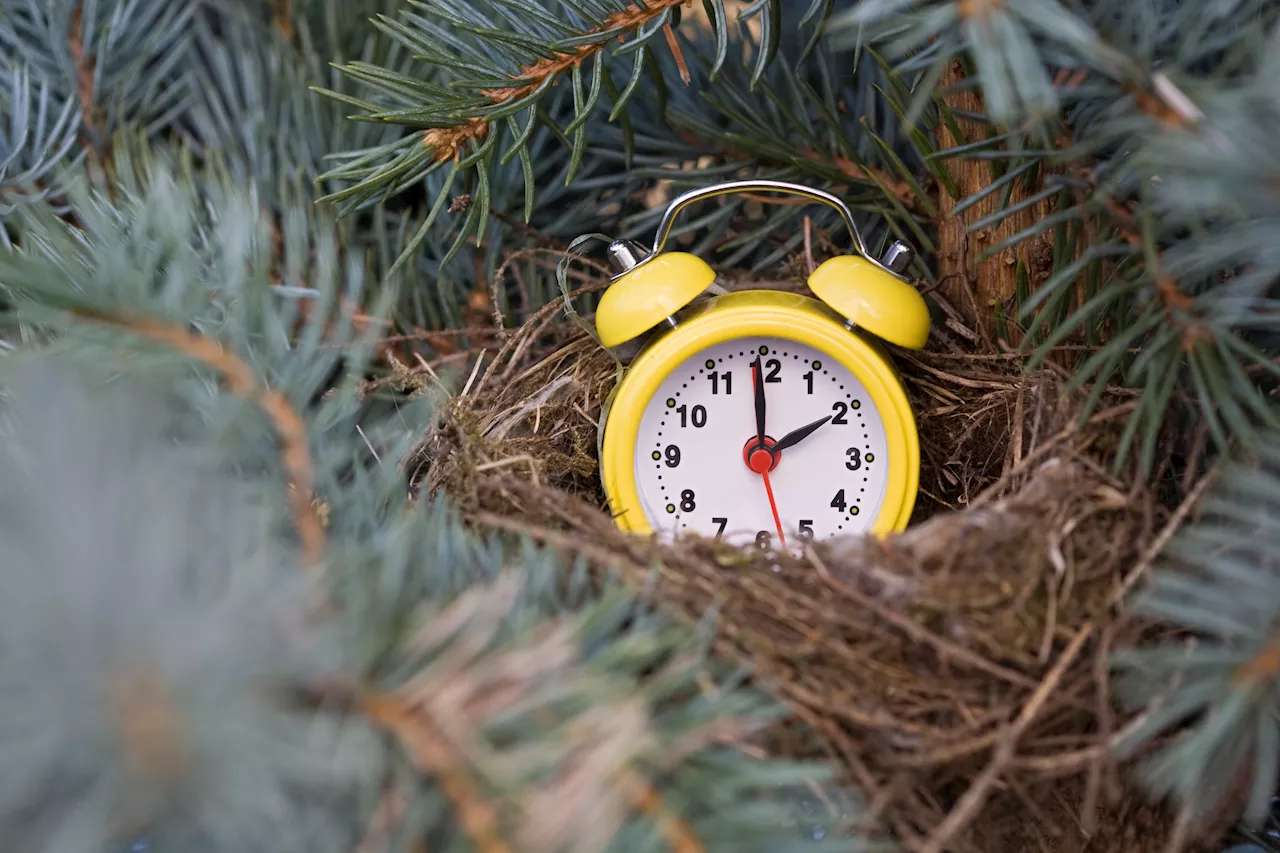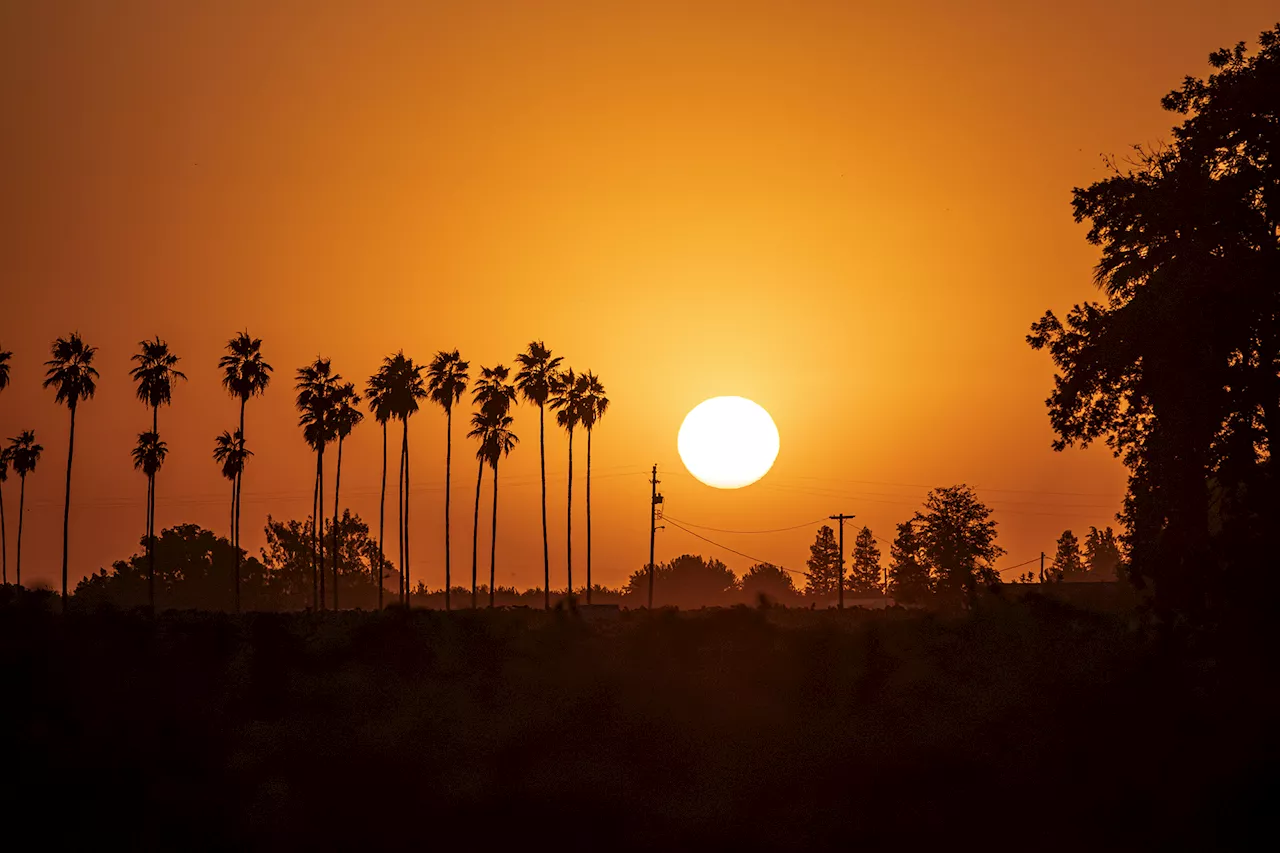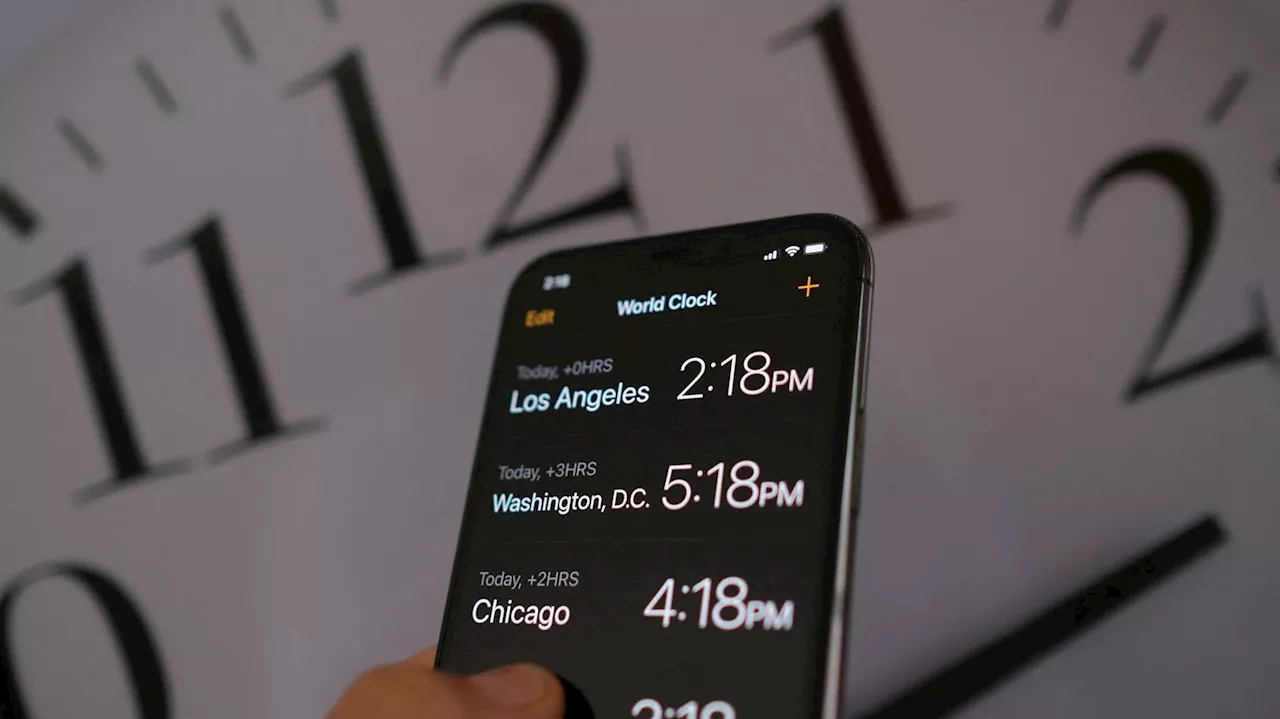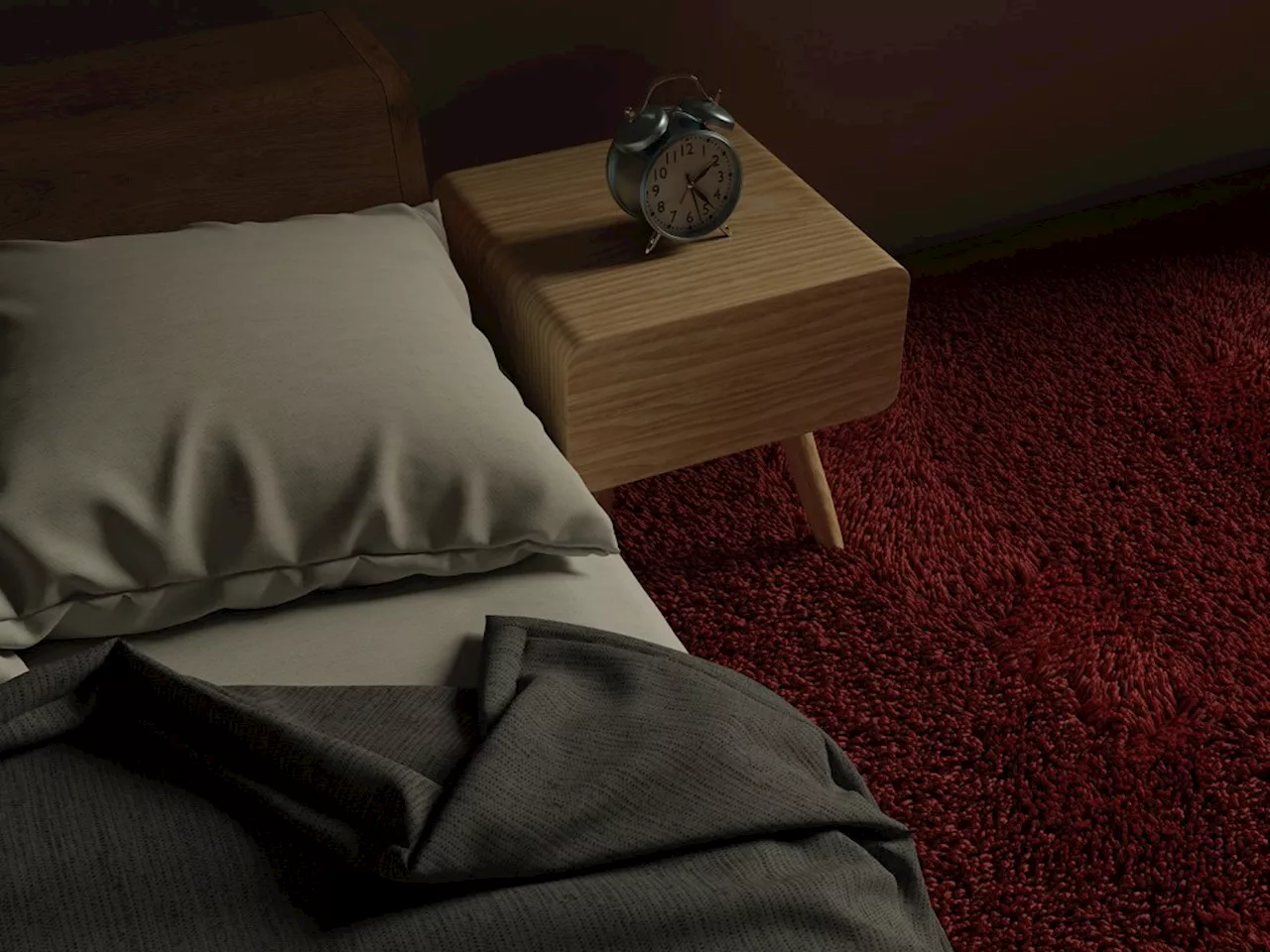Daylight Saving Time has its roots in train schedules, but it was put into practice in Europe and the United States to save fuel and power during World War I.
Clocks in most of the United States and many other countries will move forward one hour on the second Sunday of March. On the second Sunday of March, at 2 a.m., clocks in most of the United States and many other countries move forward one hour and stay there for nearly eight months in what is calledThe current March to November system that the US follows began in 2007, but the concept of “saving daylight” is much older.
The issue is that for every argument there is a counterargument. There are studies, for example, that show we havewhen there is an extra hour of sunlight at the end of the day. We also know that people sufferOf course, there’s the economy, which pays for all that outdoor fun in the sun. Although saving energy was often put out as a reason to have Daylight Saving Time, the energy saved isn’t much — if anything at all.
Instead, the lobbying effort for Daylight Saving Time came mostly from different sectors of the economy. In the mid-20th century, lobby groups for the recreational sports industry wanted more customers to come out after a day at the office. It’s easier to do so when there is more light at the end of the day.
But the movie industry didn’t like Daylight Saving Time. You’re less likely to go to a movie when it’s bright outside. Despite the myth, farmers didn’t like it either because it made it difficult to get their food to the market in the morning. The bottom line: It’s not clear whether having that extra hour of sunlight at the end of the day versus the beginning is helpful. It just depends on who you are and what you want. And it doesn’t look like Daylight Saving Time in the US is going away anytime soon.Ask Amy: I challenged her parenting, and my daughter-in-law has gone silent for two yearsHarriette Cole: I tried hard to make my face more pleasant. I finally had to stop.
United States Latest News, United States Headlines
Similar News:You can also read news stories similar to this one that we have collected from other news sources.
 Why sleep experts say we should stop changing the clocks for daylight saving timeDaylight saving time is nearly here, with many preparing for the annual spring forward, but some sleep experts hope to end the changing of the clocks for good.
Why sleep experts say we should stop changing the clocks for daylight saving timeDaylight saving time is nearly here, with many preparing for the annual spring forward, but some sleep experts hope to end the changing of the clocks for good.
Read more »
 Why daylight saving time is starting again in CaliforniaVoters authorized the Legislature to go to standard or daylight saving time year-round, but nearly six years later no law is on the books.
Why daylight saving time is starting again in CaliforniaVoters authorized the Legislature to go to standard or daylight saving time year-round, but nearly six years later no law is on the books.
Read more »
 Why Daylight Saving Time Is Starting Again In CaliforniaVoters authorized the Legislature to go to standard or daylight saving time year-round, but nearly six years later no law is on the books. It takes a two-thirds vote, and also congressional action to go to daylight saving year-round.
Why Daylight Saving Time Is Starting Again In CaliforniaVoters authorized the Legislature to go to standard or daylight saving time year-round, but nearly six years later no law is on the books. It takes a two-thirds vote, and also congressional action to go to daylight saving year-round.
Read more »
 Daylight Saving Time: Here Are The States Trying To Make It Permanent—Or Move OnI am a Boston-based reporter. Before joining Forbes, I covered the environment, local government and the arts for a small-town newspaper on Nantucket. My previous work includes NPR, WBUR, WCAI and Nantucket Today. I am a graduate of the University of Massachusetts, Amherst, with a degree in political science. Email me at bbushardforbes.
Daylight Saving Time: Here Are The States Trying To Make It Permanent—Or Move OnI am a Boston-based reporter. Before joining Forbes, I covered the environment, local government and the arts for a small-town newspaper on Nantucket. My previous work includes NPR, WBUR, WCAI and Nantucket Today. I am a graduate of the University of Massachusetts, Amherst, with a degree in political science. Email me at bbushardforbes.
Read more »
 Daylight saving time: How springing forward could affect your healthDaylight Saving Time is this Sunday. “Springing Forward' can cause tiredness, but it can also impact your health.
Daylight saving time: How springing forward could affect your healthDaylight Saving Time is this Sunday. “Springing Forward' can cause tiredness, but it can also impact your health.
Read more »
 Here's how to spring into some better sleeping habits for daylight saving timeDigital content producer at News 5
Here's how to spring into some better sleeping habits for daylight saving timeDigital content producer at News 5
Read more »
